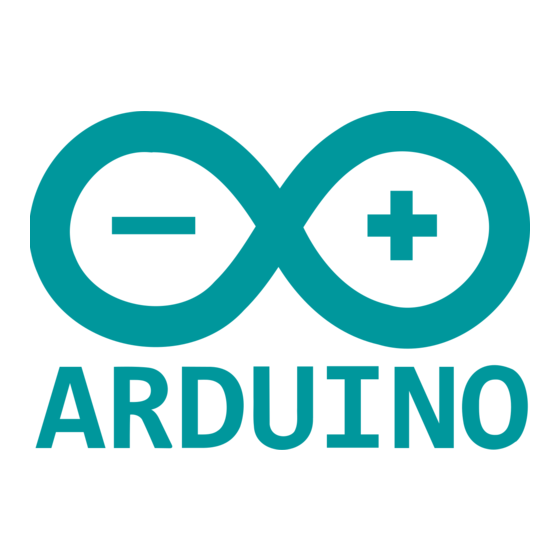
Table of Contents
Advertisement
Quick Links
Arduino® Nicla Vision
Product Reference Manual
SKU: ABX00051
Description
The Arduino® Nicla Vision packs machine vision capabilities on the edge into a tiny fingerprint. Record, analyze
and upload to the Cloud with the help of one Arduino® Nicla Vision. Leverage the onboard camera, STM32
microcontroller, Wi-Fi®/Bluetooth® module and 6-axis IMU to create your wireless sensor network for machine
vision applications.
Target Areas
Wireless sensor networks, data fusion, artificial intelligence, machine vision
1 / 23
Arduino® Nicla Vision
Modified: 16/10/2024
Advertisement
Table of Contents

Need help?
Do you have a question about the Nicla Vision and is the answer not in the manual?
Questions and answers